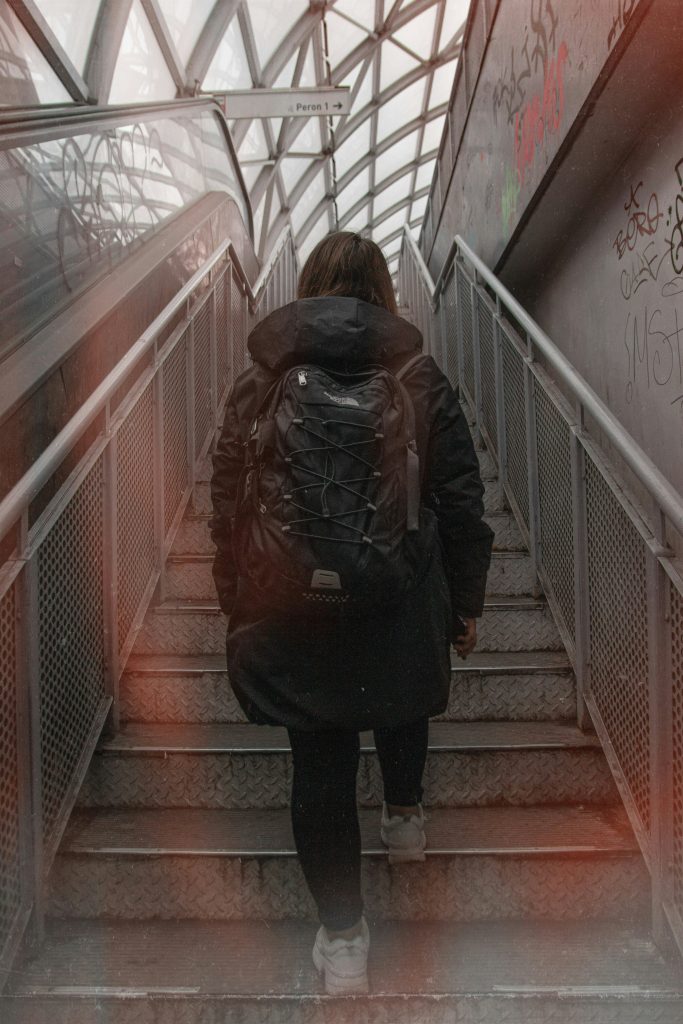We often romanticize healing. Social media is filled with pastel graphics that say things like “Healing is beautiful,” or “Choose healing, not hurt.” And while there’s truth in those sentiments, they sometimes gloss over the reality: healing hurts before it helps. It is messy, uncomfortable, and often feels worse before it feels better. It challenges us in deep, vulnerable ways. But ultimately, it’s through that pain that we find strength, clarity, and peace.

The Illusion of Instant Fixes
In a fast-paced world obsessed with quick results, we’ve come to expect healing to be immediate too. Pop a pill, watch a motivational video, talk to a friend once, and things should be better—right?
Not quite.
True healing—whether it’s physical, emotional, mental, or spiritual—is a process, not a prescription. It doesn’t respond to our timelines or expectations. It often requires us to sit with discomfort, confront old wounds, and face truths we’ve buried or ignored.
Imagine breaking a bone. The injury is excruciating. But even once the bone is set and the cast is on, you still feel pain. Healing is in progress, but the pain lingers—sometimes even intensifies during physical therapy. The same is true for emotional wounds.
Why Healing Hurts
There are several reasons why healing hurts before it helps:
1. Revisiting the Pain
Healing requires us to confront the very thing that wounded us. This could mean:
Talking about a traumatic experience.
Acknowledging a betrayal.
Reflecting on past decisions that brought shame or regret.
Revisiting the source of pain can feel like reopening a wound. It can trigger emotions we thought we buried long ago—anger, sadness, guilt, fear. But without this confrontation, there’s no integration, no understanding, no growth.
2. Letting Go of Old Coping Mechanisms
We all have coping mechanisms—some healthy, others not. Whether it’s avoidance, denial, overworking, people-pleasing, or substance use, these behaviors often help us survive difficult moments.
Healing asks us to let go of those crutches. But letting go feels like standing without support. It’s destabilizing. We may feel worse before we find more sustainable and healthy ways to cope.
3. Identity Shift
Pain can become part of our identity. If you’ve lived in survival mode for years, healing can feel like losing a part of yourself. You may wonder:
Who am I without this trauma?
What do I do without this anger?
If I’m no longer the “fixer” or the “strong one,” who am I?
These questions can be unsettling. Healing isn’t just about feeling better—it’s about becoming someone new. And growth always comes with growing pains.
4. Facing Resistance
The ego resists change—even positive change—because it craves the familiar. Healing means change. It threatens the status quo. It stirs up resistance:
Procrastination.
Self-sabotage.
Doubt.
We might find ourselves taking two steps forward, one step back. That doesn’t mean we’re failing; it means we’re human.
The Stages of Emotional Healing (and Why They’re Not Linear)
Healing rarely happens in a straight line. Most people cycle through different stages—sometimes multiple times.
Awareness – Realizing there’s something to heal. This can be triggered by a crisis, therapy, or simply a quiet moment of introspection.
Acknowledgment – Facing the truth. Accepting that something hurt you or is holding you back.
Processing – Feeling the feelings. Grieving the loss. Expressing the anger. Sitting with the sadness.
Integration – Making meaning of the experience. Learning from it. Finding purpose in the pain.
Growth – Stepping into a new way of living, relating, and being.
These stages don’t happen in order. You might feel like you’ve moved on, only to be triggered and sent right back to square one. That’s normal. It’s not regression—it’s deepening.
What Healing Can Look Like (In Real Life)
Healing looks different for everyone, but here are some examples:
Crying during a therapy session after years of saying “I’m fine.”
Cutting ties with toxic relationships and feeling lonely before you feel free.
Sitting in silence instead of numbing your pain with distractions.
Apologizing for past behavior and dealing with the guilt that comes with it.
Setting boundaries and dealing with the backlash from others.
Saying no for the first time and feeling anxious, yet empowered.
None of these feel good right away. But they pave the way for something better: peace, authenticity, and self-respect.
Why We Need to Normalize the Pain of Healing
When people expect healing to feel good immediately, they’re more likely to:
Give up too soon.
Blame themselves for still hurting.
Compare their journey to others’.
Fall back into harmful patterns.
That’s why we need to normalize that healing can feel like breaking before it feels like building. It’s not a sign that something’s wrong—it’s a sign that something is working.
Just like muscles tear and rebuild stronger during a workout, our emotional wounds need to be reopened, cleaned, and cared for before they can truly heal.
What Helps Along the Way
If you’re currently in the thick of healing and it hurts, here are a few reminders:
1. Give Yourself Grace
You are not weak for feeling pain. You are not behind. You’re human, and healing takes time.
2. Find Safe Support
Healing doesn’t have to be solitary. Talk to a therapist, a trusted friend, or join a support group. Being witnessed in your pain is part of the healing.
3. Journal Your Journey
Writing can help you process emotions and track your growth. Often, you’ll look back and realize how far you’ve come—even if you didn’t feel like you were moving at all.
4. Rest Without Guilt
Healing is exhausting. It drains your mental, emotional, and even physical energy. Rest is not laziness—it’s fuel for the journey.
5. Practice Patience
You can’t rush healing. Trust the process. Trust yourself.
The Other Side of Healing
Eventually, the pain begins to ease. The waves of grief become gentler. The triggers lose their power. You start to recognize yourself again—maybe even for the first time.
You speak your truth more confidently.
You love with boundaries.
You stop living in reaction and start living in intention.
You find joy not in perfection, but in progress.
And you realize that although healing hurt—it was worth it.
Final Thoughts
Healing is not a destination; it’s a lifelong journey. But one thing is certain: the pain of healing is different from the pain of staying wounded. One keeps you stuck; the other moves you forward.
So if you’re hurting right now as you heal, take heart. You are not broken—you’re becoming whole. And while it may not feel like it today, each tear, each truth, each trembling step is bringing you closer to the life you deserve.
Let the hurt come. Let the healing begin.


